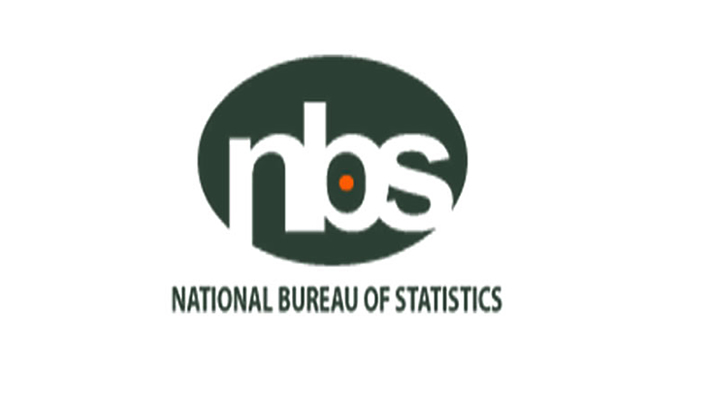The National Bureau of Statistics (NBS) announced on Tuesday that Nigeria’s unemployment rate rose to 5.3 percent in the first quarter (Q1) of 2024.
According to the report, this marks an increase from the 5 percent unemployment rate recorded in the third quarter (Q3) of 2023.
“The unemployment rate for Q1 2024 was 5.3%, showing an increase from 5.0% recorded in Q3 2023. The unemployment rate among males was 4.3% and 6.2% among females,” NBS said.
“By place of residence, the unemployment rate was 6.0% in urban areas and 4.3% in rural areas for Q1 2024.”
According to the National Bureau of Statistics (NBS), the unemployment rate represents the proportion of the labor force (both unemployed and employed individuals) who are not currently employed but are actively seeking work and available to begin.
For youth, the unemployment rate decreased to 8.4 percent in the first quarter (Q1) of 2024, compared to 8.6 percent in the third quarter (Q3) of 2023.
The bureau’s report also highlighted unemployment rates by educational attainment in Q1 2024: 2.0 percent among those with postgraduate education, 9.0 percent for individuals with post-secondary education, 6.9 percent for those with secondary education, and 4.0 percent for individuals with only primary education.
Employment Rate Drops To 73.2%
The National Bureau of Statistics (NBS) also reported a decline in Nigeria’s employment-to-population ratio, a critical measure of workforce participation, for the first quarter of 2024.
This ratio, which indicates the percentage of the working-age population that is employed, fell to 73.2 percent, down from 75.6 percent recorded in the third quarter of 2023.
“In Q1 2024, 73.2% of Nigeria’s working-age population was employed, down from 75.6% in Q3 2023,” NBS said.
“Disaggregating by sex, the employment-to-population ratio was 74.2% for males and 72.3% for females in Q1 2024.
“Additionally, the employment-to-population ratio in urban areas was 69.5% and 78.9% in rural areas in Q1 2024.
“This is a decrease in the ratio compared to the 71.1% and 80.7% in Q3 2023, respectively.”



